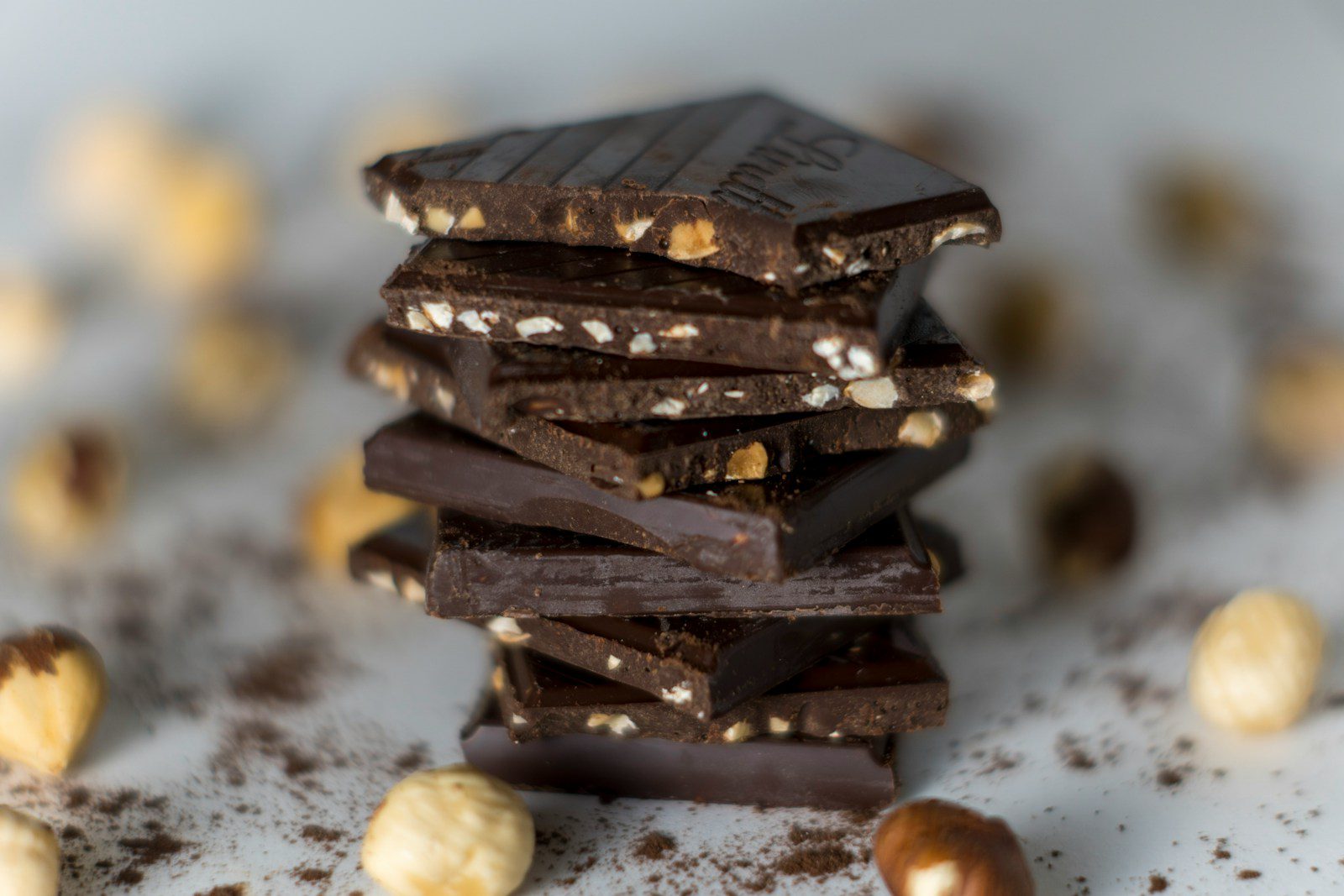Title: The Surprising Link Between Chocolate and Anemia Relief
Is it true that chocolate contains ingredients that help produce iron and combat anemia? Let’s dive into the facts and explore this intriguing connection.
1. Understanding Anemia: A Global Health Concern

Anemia affects over 2 billion people worldwide, and according to the National Health and Nutrition Survey, 11.6% of individuals aged 10 and older in South Korea suffer from this condition. Notably, more than 80% of anemia cases are classified as iron-deficiency anemia. In the elderly, it can stem from chronic conditions like hypertension, diabetes, or inflammatory diseases.
Experts explain, “Anemia can occur due to impaired absorption and transport of hematopoietic nutrients like iron, caused by a decline in cytokine function—a key regulator of immune and cellular homeostasis.” Common symptoms include fatigue, shortness of breath, lethargy, and heart palpitations. If left untreated, it may lead to cold hands and feet, headaches, dizziness, memory decline, and even concave nails in severe cases.
Ignoring anemia can also heighten the risk of heart disease. A 2018 study published in the Journal of the American Heart Association found that individuals with hemoglobin levels outside the normal range for two years faced an increased risk of death from acute myocardial infarction and cerebrovascular disease within a decade.
Now, let’s explore whether chocolate can truly help produce iron and alleviate anemia.
2. Dark Chocolate: A Nutrient-Packed Ally
Dark chocolate is loaded with nutrients that can positively impact your health. According to Healthline, here are seven science-backed benefits of dark chocolate that might surprise you:
1. Nutrient Powerhouse
Dark chocolate is rich in soluble fiber and essential minerals. A 100-gram bar of dark chocolate (70-85% cocoa) contains dietary fiber, iron, magnesium, copper, manganese, potassium, phosphorus, zinc, and selenium. It’s also packed with heart-healthy fatty acids like oleic acid, stearic acid, and palmitic acid.
2. Antioxidant Boost
Dark chocolate is brimming with organic compounds that act as antioxidants, including polyphenols, flavanols, and catechins. Studies suggest that the polyphenols in dark chocolate, when consumed with foods like almonds or cocoa, can lower certain types of LDL (“bad”) cholesterol. Research also shows that cocoa and dark chocolate contain more polyphenols and flavanols than many fruits.
3. Better Blood Flow and Lower Blood Pressure
The flavanols in dark chocolate stimulate the endothelium (the inner lining of arteries) to produce nitric oxide (NO), which relaxes arteries, reduces resistance to blood flow, and lowers blood pressure. However, studies note that this effect is typically mild and requires further investigation.
4. Improved HDL and Reduced LDL
Eating dark chocolate can improve several heart disease risk factors, including high cholesterol. A small study found that dark chocolate supplemented with flavanol lycopene significantly reduced total cholesterol, LDL levels, and triglycerides. Additionally, its flavanols may decrease insulin resistance, a common risk factor for heart disease and diabetes.
5. Lower Heart Disease Risk
Multiple studies confirm that flavanol-rich cocoa or dark chocolate can lower blood pressure and enhance cardiovascular health. Research shows that eating dark chocolate three times a week reduces cardiovascular disease risk by 9%, though more frequent consumption offers little additional benefit. Another study found that consuming 45 grams of chocolate weekly lowers heart disease risk by 11%.
6. Skin Protection
Flavanols in dark chocolate may shield skin from sun damage, improve blood flow, and boost skin density and hydration, according to research. Planning a beach vacation? Consider adding dark chocolate to your diet a few weeks or months in advance—though consult a healthcare professional, as it’s no substitute for sunscreen.
7. Enhanced Brain Function
Studies suggest that flavanol-rich chocolate can improve brain blood flow in young adults. It may also help maintain cognitive function in older adults with mild cognitive impairment and reduce the risk of progressing to dementia, though more research is needed.
Does Chocolate Really Help with Iron and Anemia?
Dark chocolate does contain iron—about 11.9 mg per 100 grams (70-85% cocoa), which is roughly 67% of the daily recommended intake for adults. This makes it a potential ally for those with iron-deficiency anemia. However, it’s not a cure-all. The iron in chocolate is non-heme (plant-based), which is less efficiently absorbed than heme iron from animal sources. Pairing it with vitamin C-rich foods can enhance absorption, while calcium or tea might hinder it.
In moderation, dark chocolate can contribute to your iron intake and offer additional health perks, making it a tasty supplement to a balanced diet for anemia management. Always consult a healthcare provider for personalized advice.
Iron Content Comparison: Dark Chocolate vs. Beef
Here’s a table comparing the iron content of dark chocolate and beef (per 100 grams):
| Food Item | Iron Content (mg) | Type of Iron | Notes |
|---|---|---|---|
| Dark Chocolate (70-85% cocoa) | 11.9 mg | Non-Heme | 67% of daily value; less bioavailable |
| Beef (cooked lean beef) | 2.7 mg | Heme | Highly bioavailable; animal source |
- Heme iron (from beef) is absorbed more efficiently (15-35%) compared to non-heme iron (from chocolate, 2-20%).
- Pairing dark chocolate with vitamin C can boost absorption, but beef remains a more direct iron source.


